Eagle’s Claw Japanese Maple – (Acer Palmatum ‘Kamagata’) – 2 Gallon Pot
$119.97 Original price was: $119.97.$83.98Current price is: $83.98.
SKU: D2LSC 4330647434 Category: JAPANESE MAPLE TREES
- Buy quality, buy with us.
- Your Security is Our Promise
- Sustainable materials, for a better tomorrow.
- SSL encryption, absolutely safe shopping

Eagle’s Claw Japanese Maple
Acer palmatum dissectum ‘Kamagata’
Other Names: Kamagata Japanese Maple
Plant Details
USDA Plant Hardiness Zones: 5a-9b Find Your Zone
Height at Maturity: 6-8′
Width at Maturity: 8-10′
Growth Habit / Form: Weeping, Arching, Broad
Growth Rate: Moderate
Foliage Color in Spring: Green margined in Red
Foliage Color in Summer: Deep Green
Foliage Color in Fall: Bright Red with Golden-Yellow and Orange highlights
Light Needs: Mostly Sun, Morning Sun with Dappled or Afternoon Shade, All Day Filtered Sun, Morning Shade with Evening Sun
Water Needs: Average, moderately drought tolerant when established
Soil Type: Clay, Loam, Sandy, Silty (Condition heavy clay soils when planting)
Drainage: Well drained soil is a must!
Soil pH: 5.0 – 7.0 is ideal
Maintenance: Low
Resistances: Deer – more info, Heat Tolerant, Insect Resistant, Sun Tolerant
Description
The Eagle’s Claw Japanese Maple, Acer palmatum ‘Kamagata’, is a dwarf upright selection that tops out around 7 to 8 feet tall and 10 feet wide, making it a perfect candidate for small garden spaces or containers. It has a somewhat open habit with dense and bushy leaves that emerge green with red margins turning to a deeper green for summer and then to blazing shades of red, gold and orange with the arrival of cooler temperatures in fall.
We’ve had an Eagle’s Claw growing in our USDA Zone 8a gardens since 1997 and it has demonstrated very good sun tolerance; receiving full sun to about 4 o’clock in the afternoon and then filtered sun until dark. It also is exceptionally heat tolerant thriving as far south as USDA Zone 9.
Landscape & Garden Uses
To showcase its magnificence and beauty, the Eagles Claw Japanese Maple is best used as a specimen in smaller garden spaces or containers to draw attention to a specific area of the home or landscape. That said, you can plant them in groupings of three or plant one on both sides to frame an entryway.
Suggested Spacing: At least 12 feet apart for space between trees
Container culture can extend the useful range of Japanese Maples. They are extremely easy to grow in containers, a practice taken to its most extreme form in the art of bonsai. Click on the link below under Helpful Articles for Japanese Maple container planting instructions.
Note: One Japanese Maple can make a landscape…that is, if you don’t overcrowd it with other trees and plants. Therefore, when choosing companions to plant under or around your Japanese Maple, make sure to select low-growing shrubs or groundcovers that won’t interfere at all with your tree.
Growing Preferences
Though delicate looking, Japanese Maples are actually very tough and long-lived trees. They are very easy to grow.
In their natural habitat, Japanese Maples are understory trees, growing in dappled forest sunlight at the edges of woodlands. Ideally they prefer to be grown in similar conditions. That said, there are many sun-tolerant Japanese Maple varieties, of which Eagle’s Claw is one.
Most any average garden soil will grow Japanese Maples. They prefer a moist but well-drained soil rich in organic matter. As with so many other ornamental plants and trees, constantly soggy or wet soil can be problematic. So make sure to plant your Japanese Maple in a well-drained site.
Helpful Articles
Click on a link below to get helpful advice from our experts on how to plant and care for Japanese Maple trees.
How To Plant A Japanese Maple Tree In The Ground
How to Plant A Japanese Maple Tree In A Pot
How To Fertilize And Water A Japanese Maple Tree
How To Prune A Japanese Maple
Plant Long & Prosper!
Meet The Wilson Brothers & Staff
Questions? Contact Us!
Be the first to review “Eagle’s Claw Japanese Maple – (Acer Palmatum ‘Kamagata’) – 2 Gallon Pot” Cancel reply
Related products
Sale!
JAPANESE MAPLE TREES
Sale!
JAPANESE MAPLE TREES
Sale!
JAPANESE MAPLE TREES
Sale!
JAPANESE MAPLE TREES
Sale!
JAPANESE MAPLE TREES
Sale!
JAPANESE MAPLE TREES
Sale!
JAPANESE MAPLE TREES
Sale!
JAPANESE MAPLE TREES

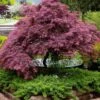

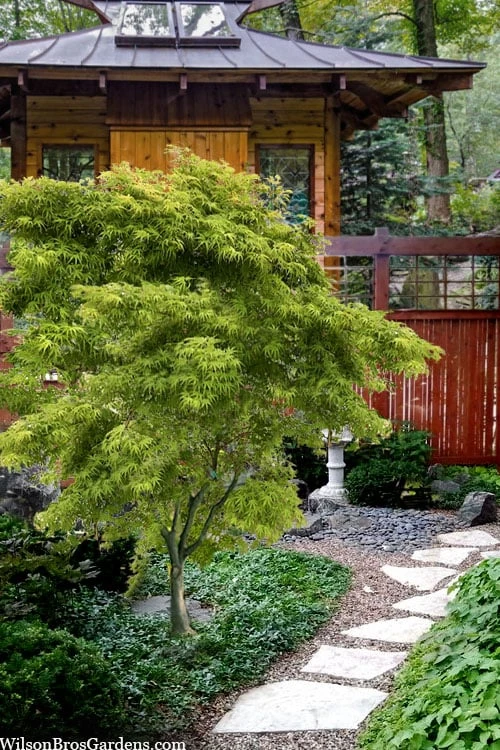
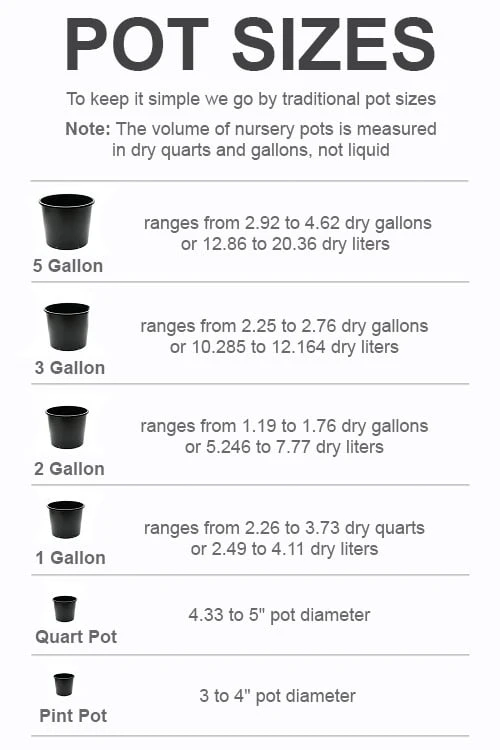

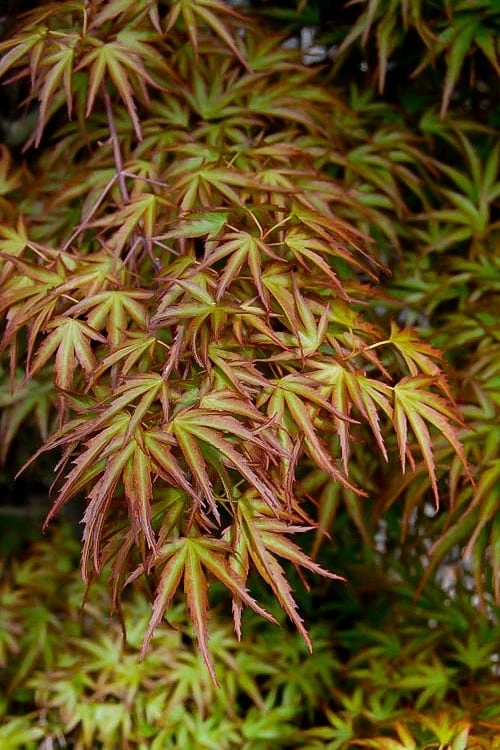

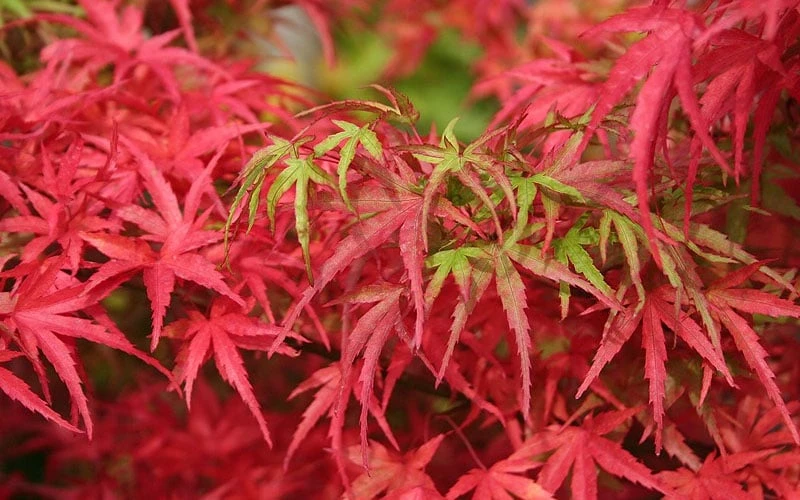
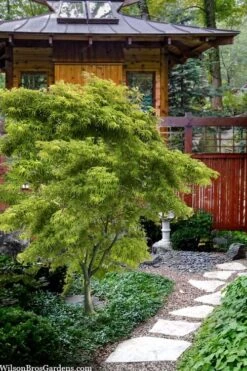
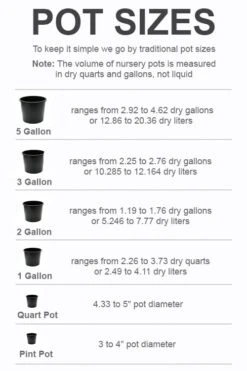

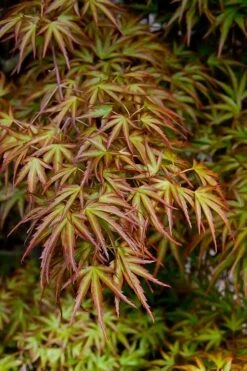
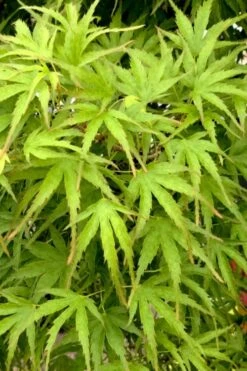
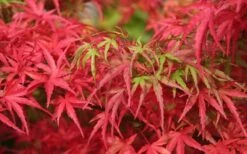
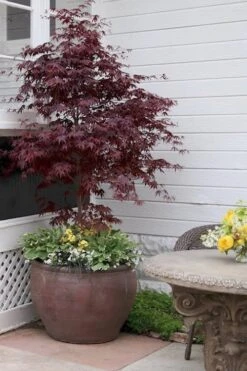

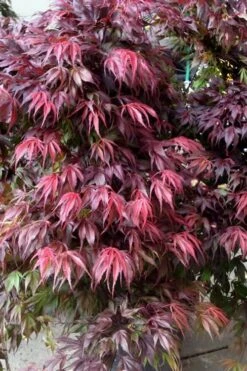
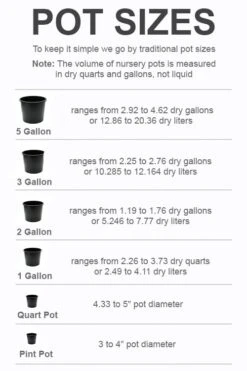
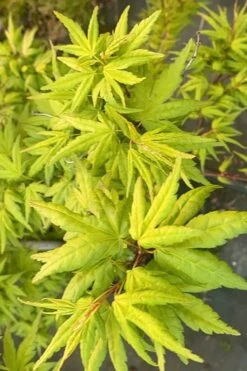

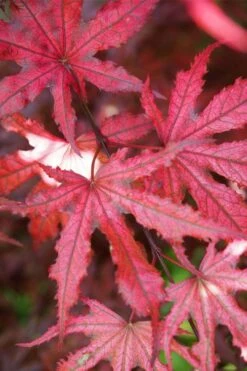
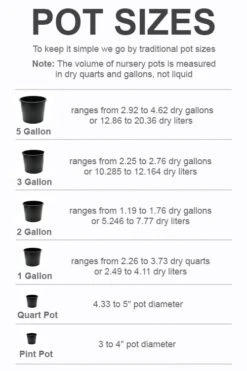
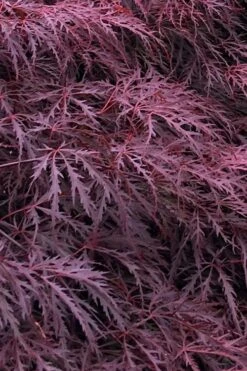


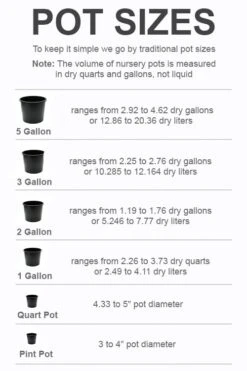



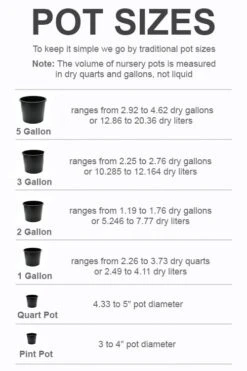
Reviews
There are no reviews yet.